Three words that make the hair stand up on the back of my neck: parking on campus.
With fall semester in full swing, campus is hustling and bustling, meaning I’m yet again leaving home to embark on my five-minute drive to campus at least half an hour early to compete in what feels like The Amazing Race against my peers.
The prize? A parking spot.
Chico State’s campus provides various options for student parking services including the purchase of a parking permit, where you have access to park in several lots in the “general” zones — typically the top two to three floors –- of campus parking garages.
The City of Chico also manages numerous parking meters that take coins and recently added an option for mobile payments via the Passport app.
Whether you’re opting to pay $130 per semester for a permit, or willing to risk searching the campus streets for a spot, parking is limited and neither option is guaranteed.
Because of this, students driving to campus take turns missing out on class, wasting their gas — and in personal cases — finding themselves behind the wheel on the verge of frustration-induced tears wondering, “Why are there so many of us and seemingly so few parking spots?”
Anna Magaña, director of student financial services, explained that while Chico State enjoys the benefit of being centrally located, there is only limited surrounding space for parking.
“The parking fees collected are used to help support alternatives to parking and driving to campus, such as providing free B-Line bus transportation for all students and staff with their Wildcat ID card,” Magaña said.
She added that there are several B-Line routes in student neighborhoods that are convenient and frequent to campus. Chico is also a bike-friendly town and campus so it’s encouraged for students to ride or walk when possible.
Magaña recommends avoiding campus during peak times, 9 a.m. through 1:30 p.m., and suggests using B-Line bus transportation specifically during those hours.
There are carpool stalls available for those who live outside of Chico and are traveling with others, which requires a parking permit along with a carpool pass that can be applied for through University Police.
Students with a paid permit can also park closer to campus after 5 p.m. as most of the reserved parking stalls convert to general use — “excluding any stalls marked as 24-hour enforcement,” Magaña stated.
An employee at student financial services informed me that there is no cap on the number of general permits sold to students. There should be a limit to the number of parking permits distributed because the amount of parking spaces available are “extremely limited” – as written on the Chico State website.
While limited space is understandable, it is incomprehensible to continue accepting money for permits when the number of spots available are knowingly being exceeded.
Walking or biking to campus provides an efficient way for students to commute, but outside our transitional seasons here in Chico, weather proves to be fairly harsh so it’s not entirely reliable. Not everyone is located close enough to campus to have the option to walk or bike as some students come from surrounding areas such as Oroville, Corning and Orland.
Angela Ostarello, a senior communication studies major, is one of those students. She asserts that Magaña’s recommendation to avoid campus between peak times is not useful as all of her classes are during that time range.
“What’s the alternative? Not taking classes during those times? That’s almost unavoidable,” Ostarello said.
Ostarello mentioned her idea of discounted parking rates for commuters, suggesting that “. . . if you live more than a certain number of miles away from campus, parking permits should be offered at a discounted price since we [commuting students] have to spend so much money on gas.”
Ostarello added that ideally, students shouldn’t have to pay for parking. And not all students who drive can afford parking permits.
Macelyn Buss, a senior child development major, echoed Ostarello’s opinion regarding Magaña’s suggestion.
“I know for myself and probably many others, I have to get to work directly after class and I’m almost always rushing,” Buss continued. “I don’t mind walking and I would if I could, But I work everyday which means I have to use my car to get to work on time after class.”
Buss believes there is a lack of parking for students overall.
“There are rarely any meters available, not everyone can afford a parking pass and pretty much anywhere else remotely near campus will cost you a pricey ticket for parking there,” she said.
Additional parking spots are a popular desire amongst students. The question is, how do we achieve this?
The many times I’ve driven around campus in circles looking for parking, I’ve observed the residential streets near Modoc and Holt Halls, and often wondered to myself why students aren’t allowed to park there. I assume it’s because the homeowners want to maintain calmer, less compact streets, which I can understand.
But when I think more about it, I also assume these are mostly people with nine-to-five jobs who are away from their homes during campus’ peak hours. These residential streets directly border campus, so opening them up for student parking, even if for just a few hours every day, would benefit student drivers.
Magaña directed me to the City of Chico to inquire about whether this concept has ever been considered, as the campus does not manage enforcement nor have oversight over the streets in question. After multiple attempts to get into contact with someone at the City of Chico over the matter, I received no response.
Magaña explained that the parking program is a self-supported program, meaning no state resources or student fees can be used to support parking-related costs or operations.
It’s the luck of the draw. It can take me no time at all to find a spot one day, or maybe five to ten minutes, but even pushing half an hour some days. I’m frustrated, other students are frustrated and our wallets are hurt because our gas tanks are drained from the everyday searches for parking spots.
I can’t bear driving around campus every day for 30 minutes looking for parking and I will go right back home some days. I love to go to school. I love being on campus. I love to learn in the classrooms that I’ve paid to be in. I don’t want to go home.
For more information about B-Line routes please visit their website.
For more information about campus parking services, click here.
For more information about locating Chico State’s student parking lots and garages, click here.
Ellie Marty can be reached at [email protected]




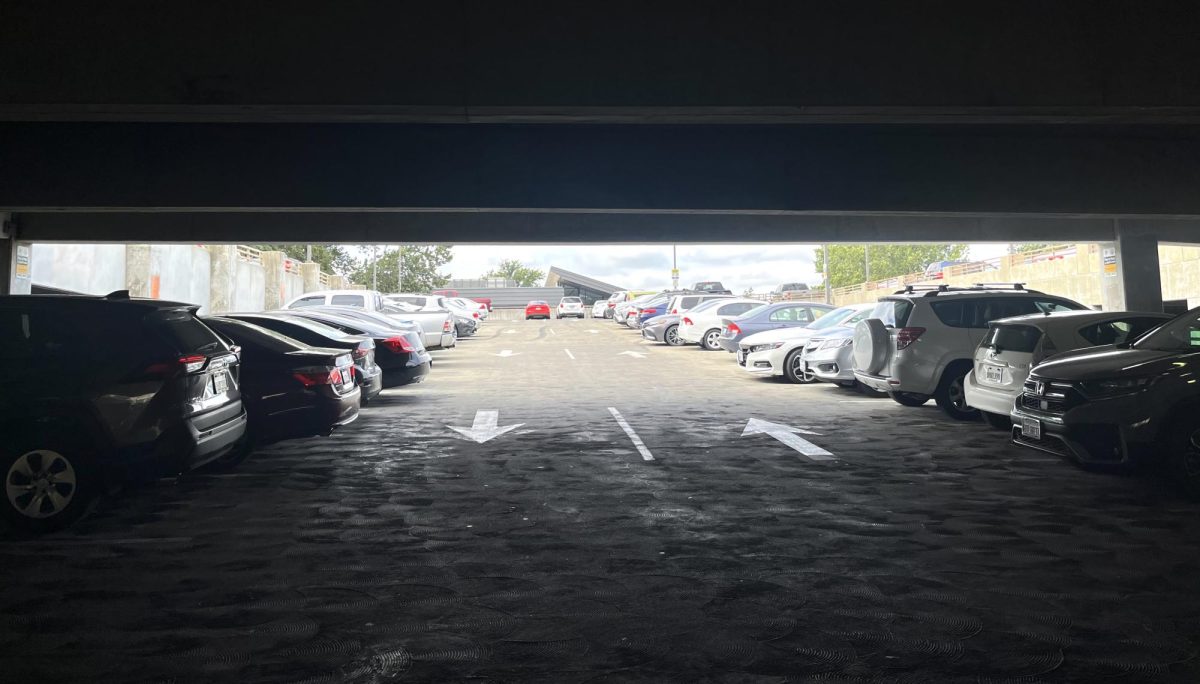
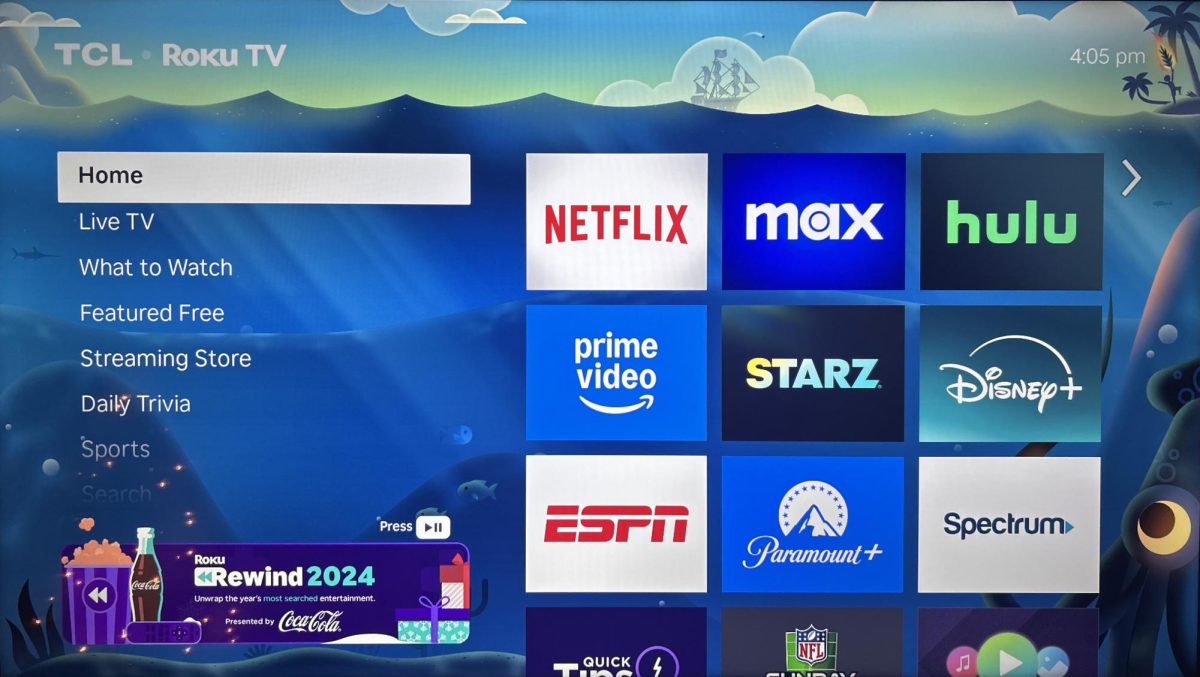

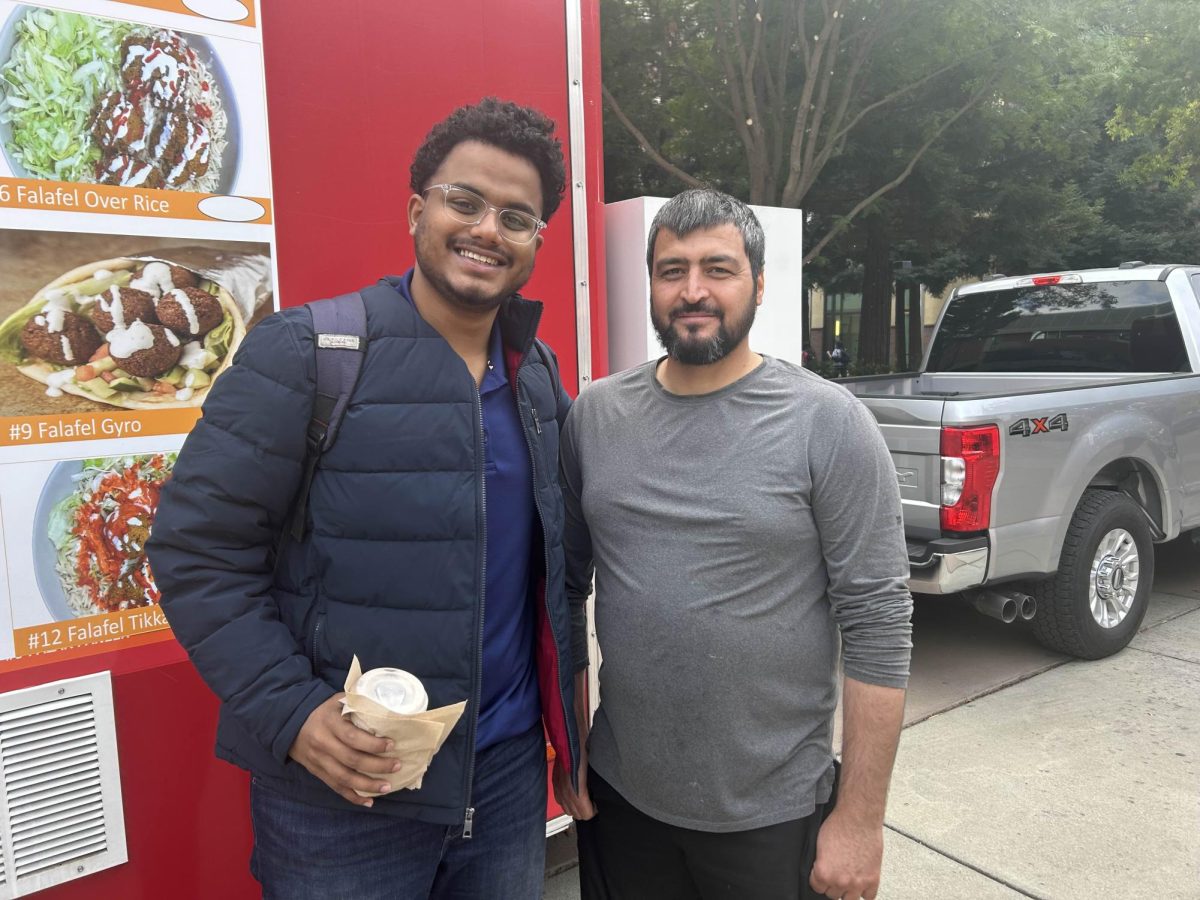
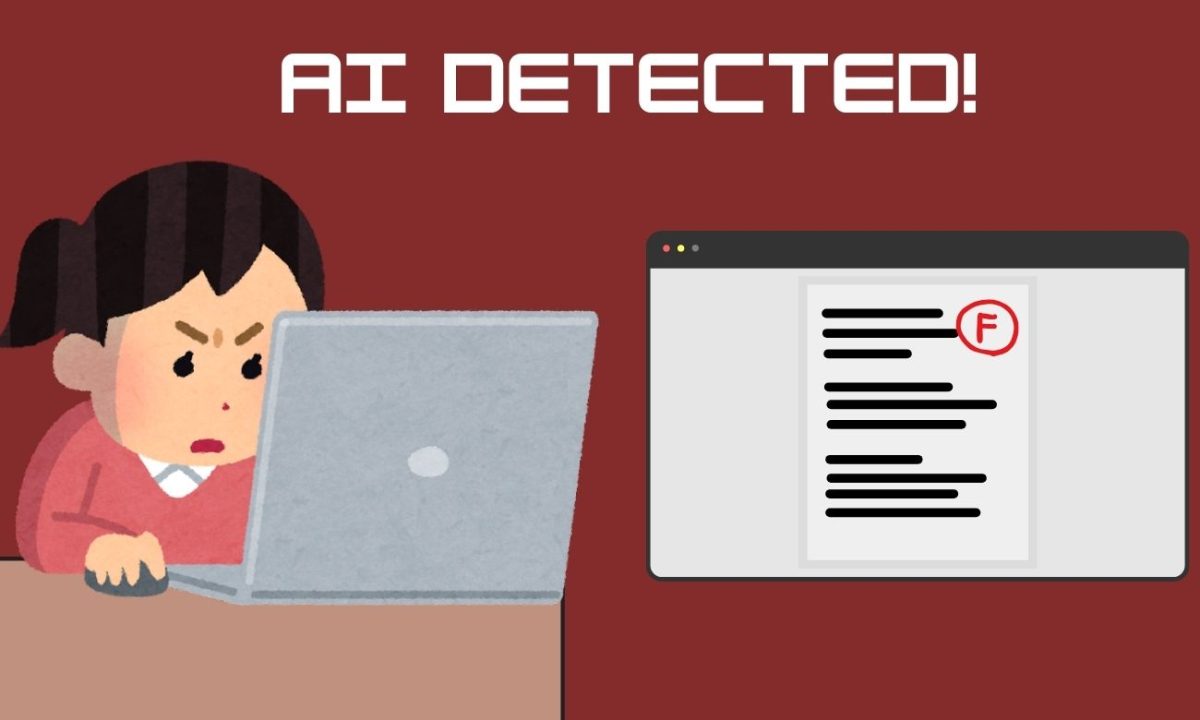

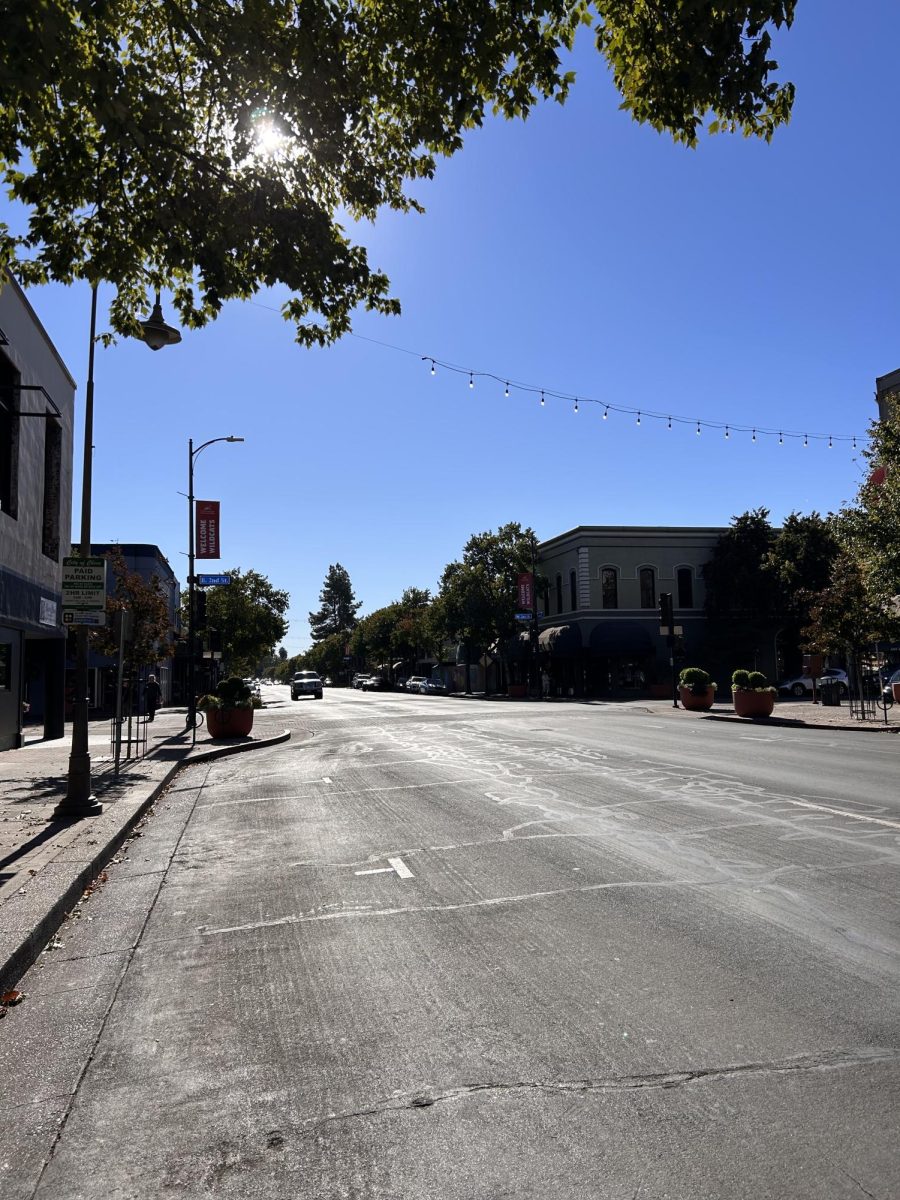
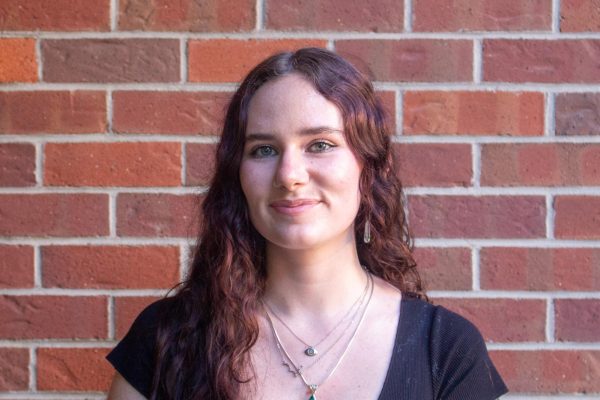
Mark Plenke // Sep 2, 2023 at 2:15 pm
I lived 2.7 miles (about a 10-minute drive) from campus when I taught at Chico State and can count on two hands the number of times I drove to campus in seven years. I rode my bike most of the time and took a B-Line bus when it rained. I’d guess 90% of students, staff and faculty could do the same. My suggestion for commuters who can’t walk, bus or bike to school is to park near a transit stop outside the downtown core and make the rest of the trip on a bus. This would certainly beat driving around for 30 minutes trying to find parking and comes with a bonus of not having to plug meters or buy a parking permit.